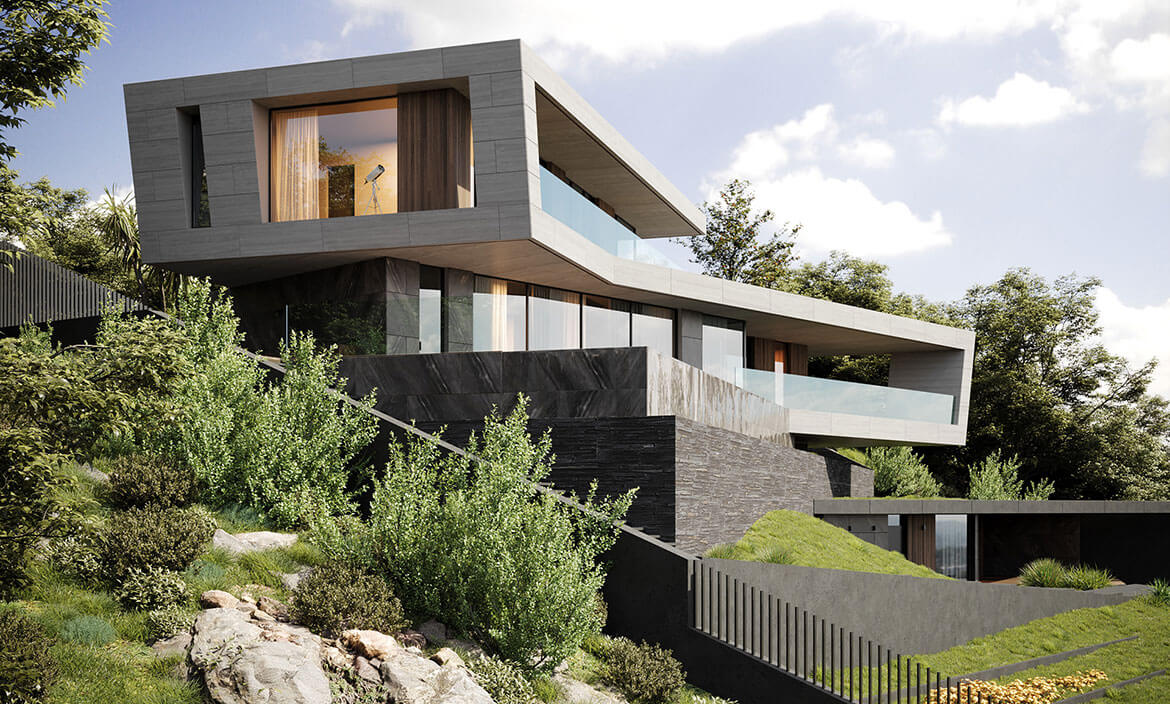
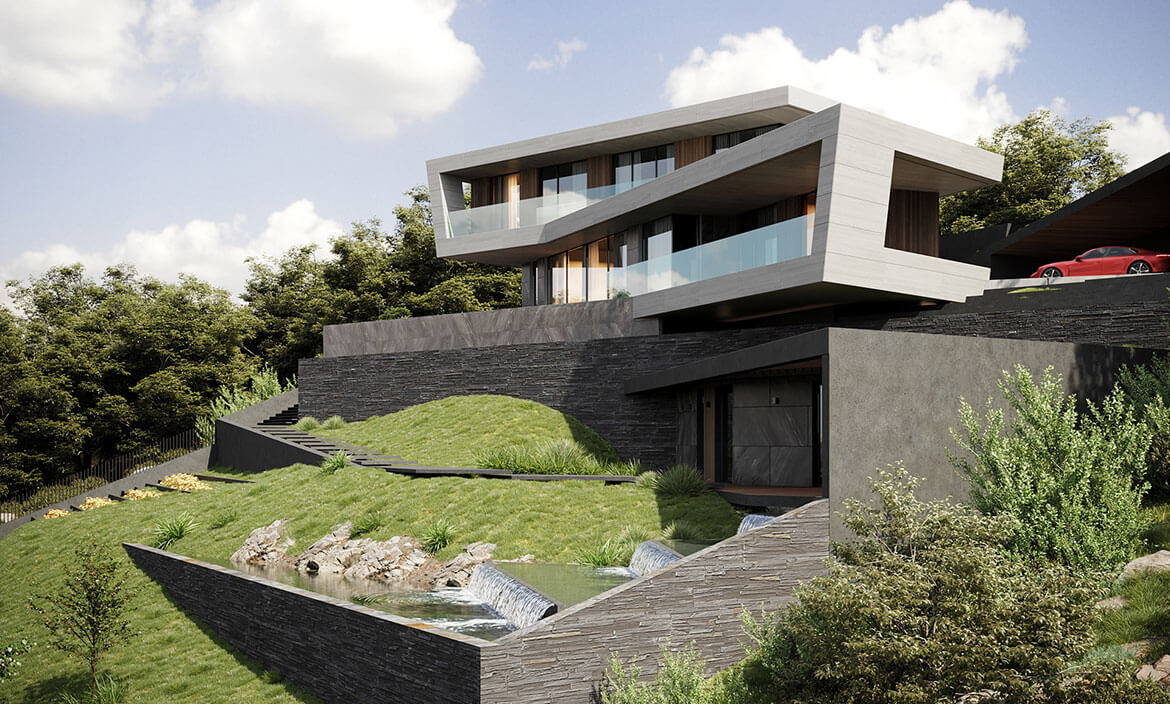
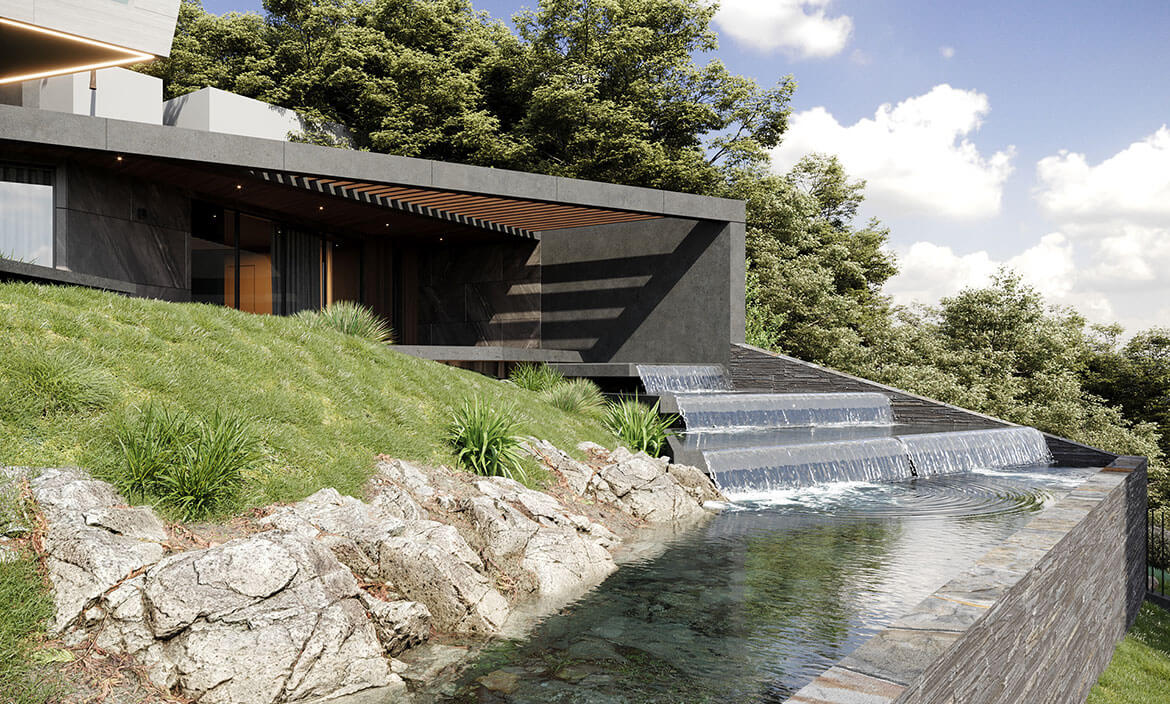
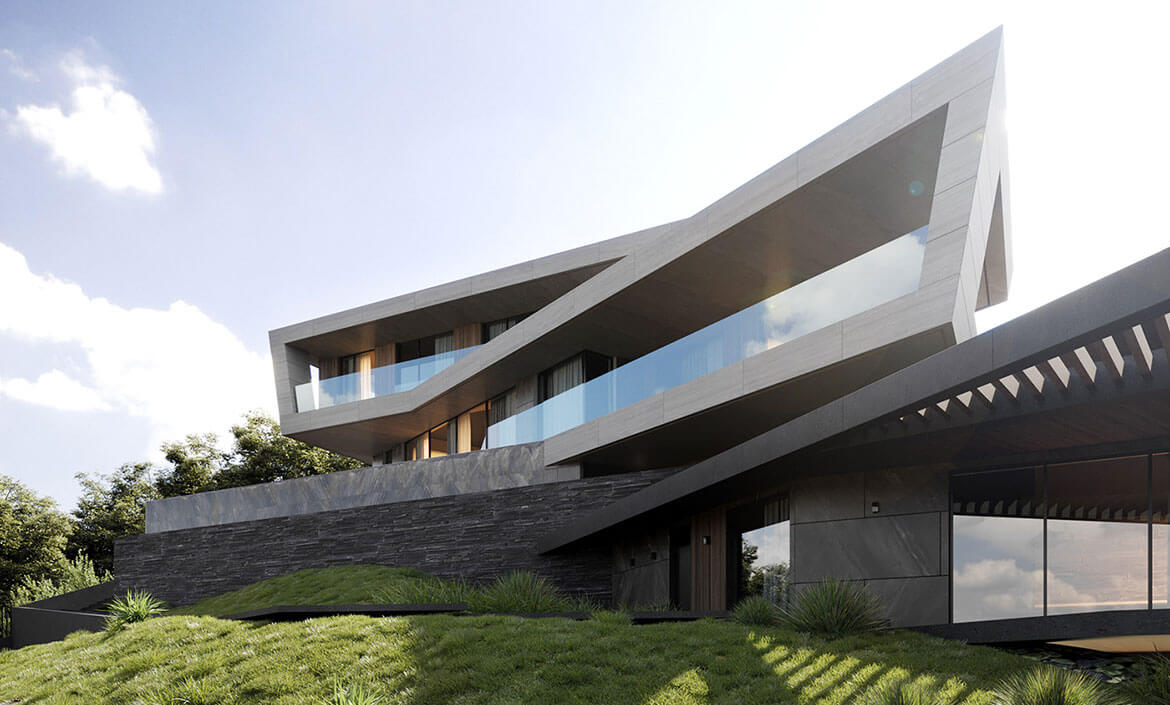

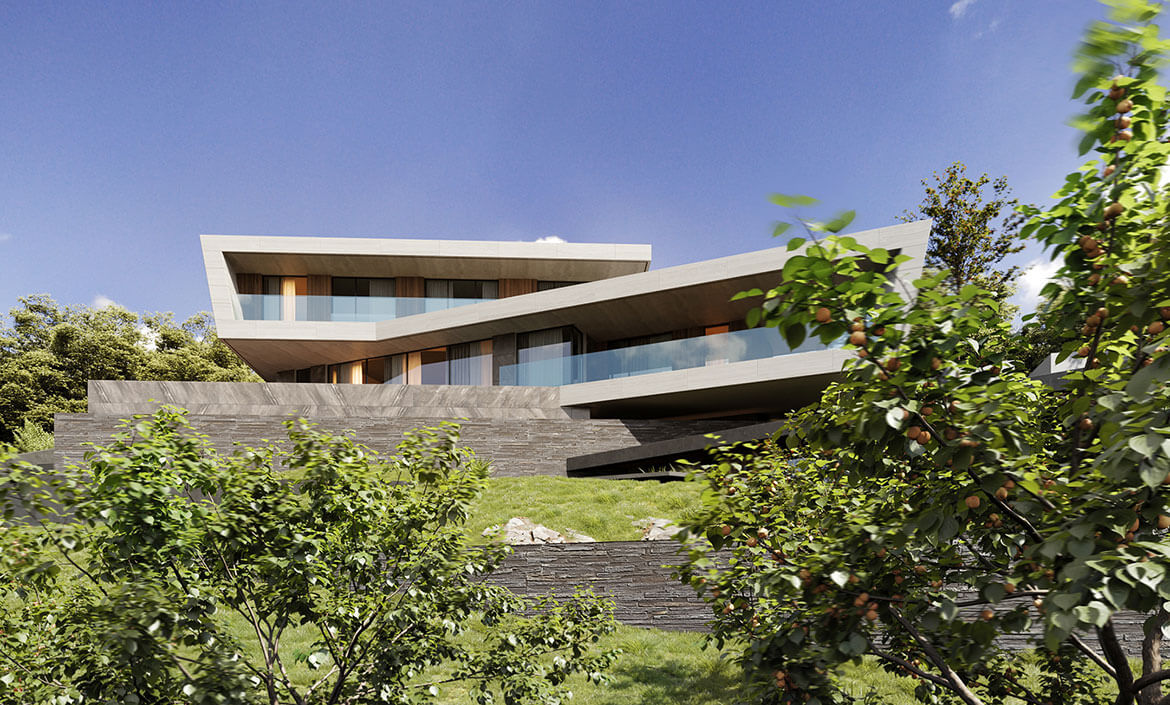
Biophilic Design
People always ask, “What is Biophilic Design, and why are we so passionate about it?” Biophilic design is an architectural approach that seeks to reconnect people with nature by incorporating natural elements into built environments. This design philosophy stems from the idea that humans have an innate connection to nature, and that integrating elements of the natural world into spaces can enhance well-being, reduce stress, and improve overall health.
Biophilic design focuses on the inclusion of natural light, fresh air, plants, water features, and organic materials like wood and stone within interior and exterior spaces. It also emphasizes creating visual and physical connections to the outdoors, such as through large windows, green walls, and open-air courtyards. This approach extends beyond aesthetics—it’s about enhancing the sensory experience of a space, making it feel more alive, peaceful, and nurturing.
In addition to the direct inclusion of natural elements, biophilic design incorporates patterns and shapes that mimic nature, such as curves and forms that resemble those found in the natural world. By doing so, it fosters a sense of harmony and balance, aligning built environments with the rhythms of the natural landscape.
Research shows that biophilic design can lead to increased productivity, improved mood, and a greater sense of well-being. It’s not just about creating beautiful spaces—it’s about designing environments that positively impact the lives of the people who inhabit them, both mentally and physically. Biophilic design is a forward-thinking approach that promotes sustainability, resilience, and a deeper connection between people and the environment.




